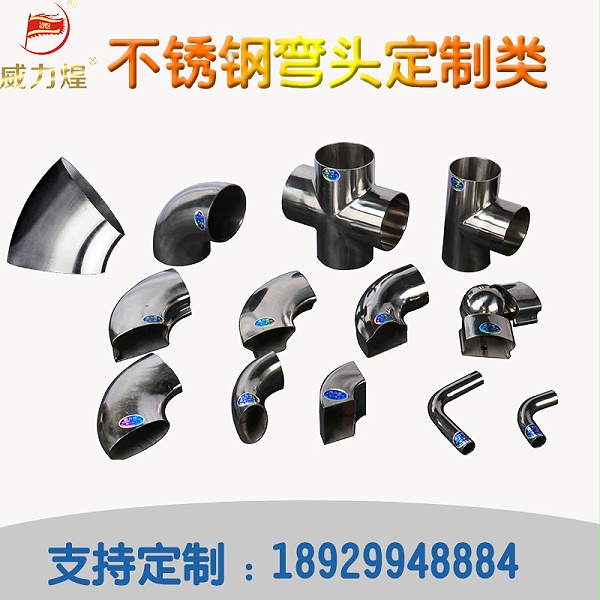304Stainless steel elbows are used in piping systems to connect two pipes with the same or different nominal diameters, forming a certain angular pipe fitting.
304The chemical process of removing the oxidation on the surface of stainless steel with stainless steel elbows slows down the corrosion rate of the metal. It is the pickling and passivation of stainless steel, removing the oxide scale and rust on the surface of the steel. A very thin passivation film forms on the surface, completely separating the metal from the corrosive medium, preventing the metal from coming into contact with the corrosive medium, and forming a passive state to prevent corrosion. Pickling, passivation process, elbow cleaning and surface degreasing-Clean with clean water-Acid washing-Passivation-Rinse with clean water-Blow dry.
304Stainless steel elbows can be pickled and passivated in accordance with the requirements of the process documents before pickling and passivation. Surface treatment: Clean the welding spatter, oil stains, oxide scale, etc. from the weld seam and the welding slag on both sides. After cleaning, remove it with a stainless steel wire brush, stainless steel scraper or grinding wheel, and then rinse with clean water. Gasoline or cleaning agents are used to remove dirt from the surface of pipe fittings. When the oil stain is severe, use3-5%Remove the oil from the alkaline solution and rinse with clean water. The oxide film on stainless steel hot-worked parts can be removed by mechanical sandblasting, and the sand must be pure silicon or alumina. Clear water (the content of chloride ions in water does not exceed.25Milligram/Wash and clean. Formulate safety measures for pickling and passivation, and determine the necessary tools and labor protection equipment.

There are three surface treatments for stainless steel pipe fittings:
1.Surface treatment: A black oxide film is formed on the surface after processing.
The original method used strong corrosion with nitric acid and hydrofluoric acid to remove surface foreign substances. This method polluted the environment, was harmful to human health, was costly and highly corrosive. However, this method has been eliminated.
At present, the most widely used oxide film treatment methods are:
(1Chemical method: Use pollution-free pickling and passivation paste to leach, and at room temperature, use organic additives to leach non-toxic cleaning solution to beautify the surface of stainless steel. After the treatment, there is basically no light color.
(2Sandblasting: The black oxide scale on the surface is removed by spraying glass beads.
2.Surface brightening treatment flange: According to different requirements, surface luster can be obtained by methods such as chemical polishing, electrochemical polishing, and mechanical polishing.
3.Surface coloring method: Stainless steel coloring not only enhances the color of stainless steel products but also improves their wear resistance and corrosion resistance.
(1Chemical oxidation method
(2Electrochemical oxidation coloring
(3Ion deposition oxide coloring method
(4High-temperature oxidation coloring
(5Gas-phase pyrolysis colorimetric method


